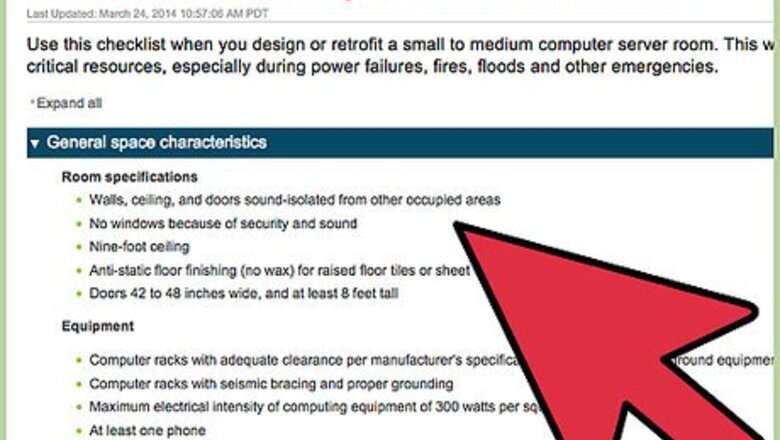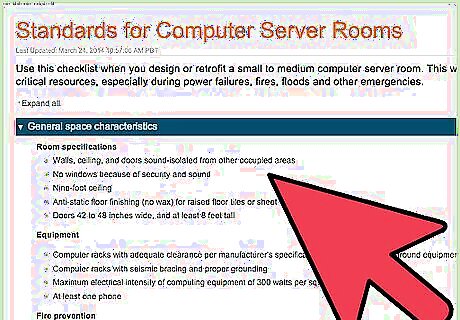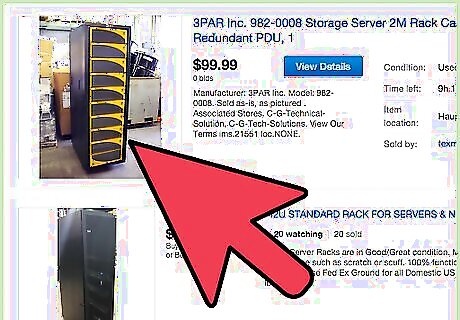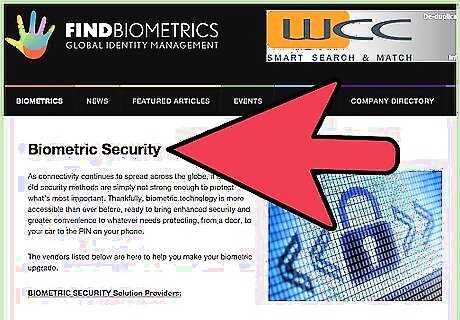
views

Determine the appropriate room size. Physical space needs must be decided before any further details are incorporated into the server room. There needs to be enough room for the servers, wires, cables, and other necessary equipment. Data should be kept away from an exterior wall, if possible.

Set up hardware for storage. For space maximization, utilize cabinets and shelving to store the physical machinery and other computer inventory in the server room. Telco racks are popular in many operational spaces, and a single rack can hold hundreds of 1U high servers and blade servers.

Keep the room cool. A proper server room needs to stay cool and dry to keep all of the equipment from overheating. One option is to install a raised floor to distribute cooling. Another option is to use in-row cooling units, which do not require a raised floor and move the compressor to the roof. You may want a ceiling that is at least 12 to 18 feet (3.7 to 5.5 m) high. Keep a thermometer in the room to ensure the temperature is moderate. A dehumidifier may be necessary if the room gets too humid.

Make space for cables. A server room should have enough space under the floor to run electrical cables. Have an electrician install power whips from 1 central electrical panel. This cuts down on the electrical services being routed to each individual fixture.

Develop security procedures. The server room should be restricted to only the people who need to go there to do work. Keep it locked, or install a handprint or fingerprint recognition system. A secure server room is essential for data protection.

Allow for monitoring. The server room should be monitored around the clock. All activity coming over the network servers should be scanned for abnormalities. Software exists to allow for notifications to pagers, or cell phones and emails if the monitoring reveals anything alarming.



















Comments
0 comment